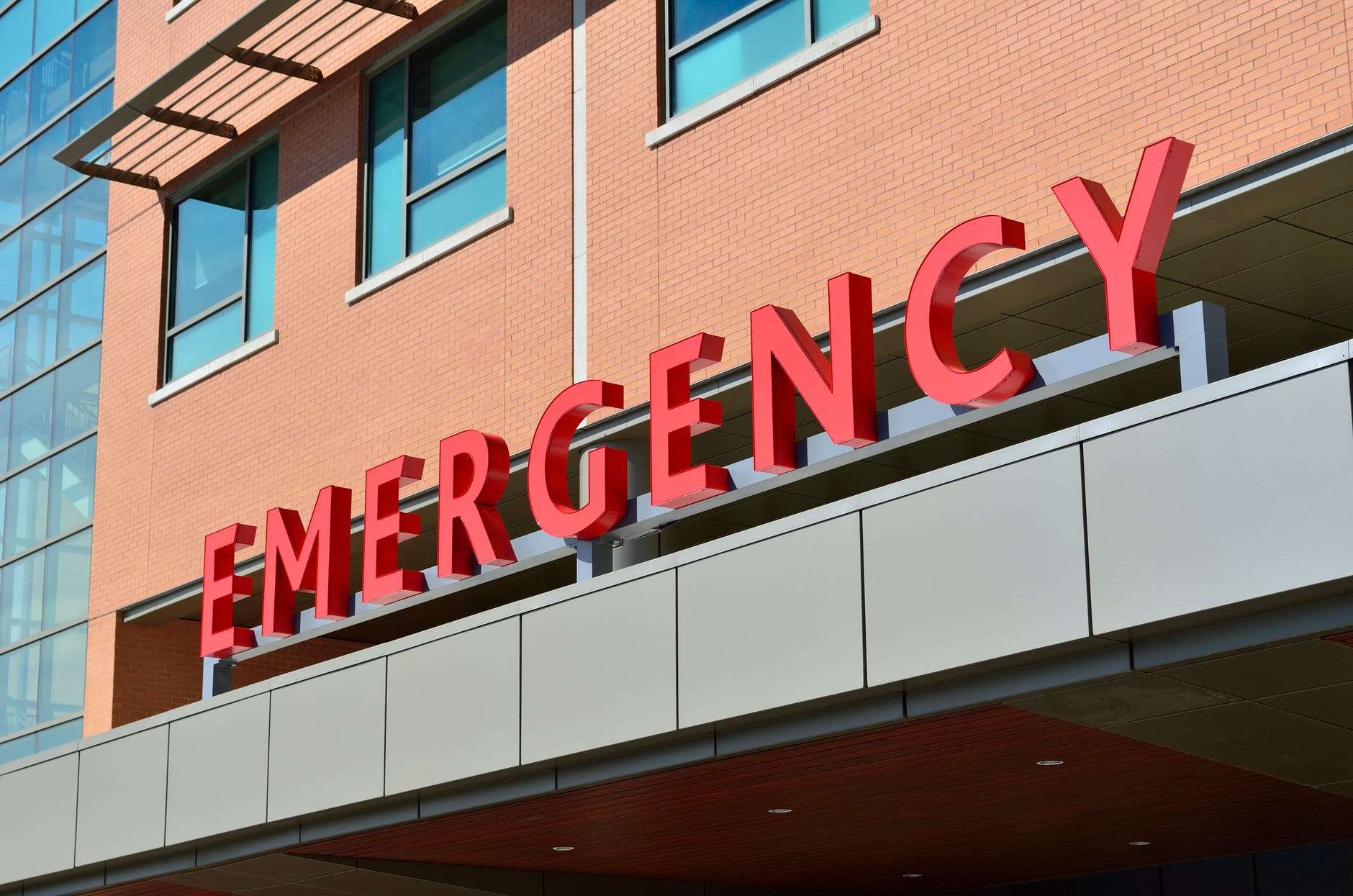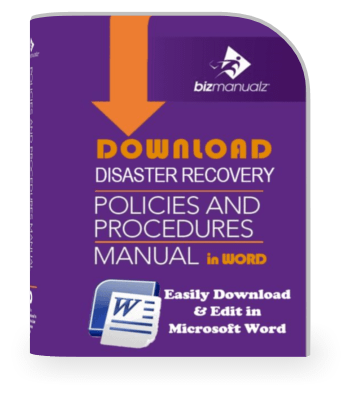How To Create Effective Medical Emergency Policies For Your Business

As a business owner, you must plan for every scenario that can affect your business, including medical emergencies. Regardless of the size of your business or its industry, a well designed medical emergency policy can not only protect your employees, but also determine the success of your business.
Creating Effective Medical Emergency Policies

Download Your Disaster Recovery Policies And Procedures Manual Now
Workplace injuries cost businesses $1 Billion weekly, according to a recent Liberty Mutual Workplace Safety Index. That equates to over $60 billion paid out in medical and lost wage costs for more serious employee illnesses or accidents. Furthermore, with the recent ongoing events on every business’s radar, an effective medical emergency policy has now become a crucial consideration when writing your business policies.
Provide Clear Medical Emergency Policies And Procedures To Employees
To ensure your team is prepared to respond in a medical emergency and that emergency policies are effective, businesses must ensure that employees are aware of the protocols. To provide your team with enough information and clear guidance, employers must make their medical emergency policy readily available and visible to all employees. One way to do this is by including medical emergency policies in your employee handbook and onboarding process for new recruits.
Businesses can also clearly identify emergency personnel and contact numbers in the workplace for the disaster recovery team. Distributing a list of these contacts to each team leader and head of department ensures the information is widely disseminated. Finally, place copies of the medical emergency policy and emergency contact numbers in strategic locations around the workplace. Guidance from Occupational Safety and Health Administration states the minimum requirement from your emergency policies should include a method for reporting emergencies including fires, evacuation policies, escape plans, and the names or telephone numbers of identified emergency personnel in the workplace.
Identify And Train Medical Volunteers
One of the most important things to do when a disaster strikes in the workplace is to identify the people and points of first contact. Human resource managers and business owners should be trained in the basics of first aid response, including cardiopulmonary resuscitation, and what to do in the case of cardiac arrest, strokes, and falls/burns. The business’s medical emergency policy should also mandate a regular refresher course and update of medical emergency responses in the workplace. This should include an annual assessment of both the workplace and the emergency response team initially identified.
Train Employees in First Aid and Disaster Management
As time progresses, it is inevitable that some employees will resign, retire or move on to other functions within the business. This can leave gaps that go beyond their specific job functions. A business’ medical emergency policy should therefore set out the process of identifying and training replacements to ensure there is always a point of contact. Lastly, consider including the annual hosting of first aid training programs for your workforce on standard medical emergency scenarios, including handling cardiac arrest, choking, and falls. Policies should also include mandated professional training on the use of the tools included in a first aid kit or within the building. This includes when and how to use of electronic devices used to restore cardiac activity, as misuse of such devices can cause more harm than good.

Get A Medical Consult For Your Medical Scenario Planning
To ensure you are adequately and appropriately prepared for a medical emergency in your workplace, seek the advice of a medical professional when drafting your medical emergency policy. Many private physicians offer one-time or ongoing consultations with businesses to help them draft their employee insurance policies, or in this case, medical emergency policy. They can provide expert advice on potential medical scenarios and immediate reactions needed, including the essentials of a workplace first aid kit. Alternatively, you can speak to local health institutions such as a nearby hospital or the local fire station for their help in disaster planning. OSHA’s How To Plan For Workplace Emergencies And Evacuations also recommends including your management team in the planning process.
Finally, set out clear protocols on the reporting of any emergencies, including a 48-hour deadline for incidents by the affected supervisor or department head. This avoids a time delay in response, and ensures that medical policies can be updated quickly if necessary. While businesses may not be able to completely eradicate the occurrence of medical emergencies, the implementation of the right emergency policies in your disaster management planning can mitigate the impact on its workers and its future.















Leave a Reply